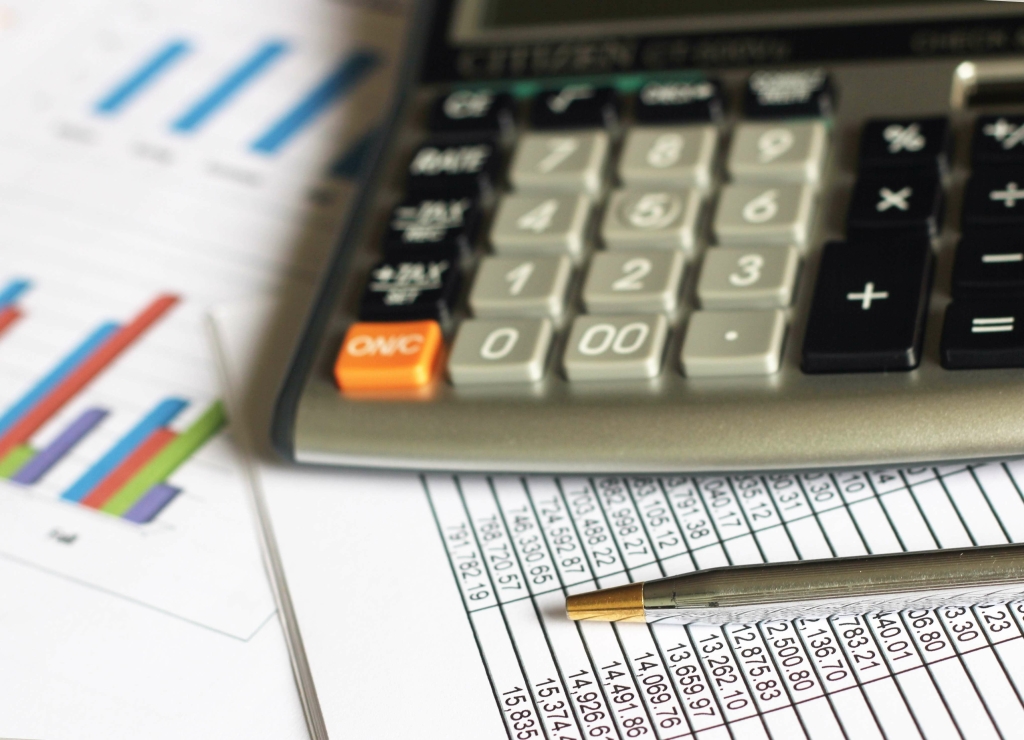Content
- The Purpose of the Balance Sheet
- Beginners’ Guide to Financial Statement
- Quick ratio
- Step #5: Arrange assets and liabilities in proper order
- The Beginner’s Guide to Reading & Understanding Financial Statements
- How is the Balance Sheet used in Financial Modeling?
- Cash Flow Statements
- What Is A Balance Sheet
- Balance Sheet Time Periods

Moving down the stairs from the net revenue line, there are several lines that represent various kinds of operating expenses. Although these lines can be reported in various orders, the next line after net revenues typically shows the costs of the sales. This number tells you the amount of money the company spent to produce the goods or services it sold during the accounting period.
Pay attention to the balance sheet’s footnotes in order to determine which systems are being used in their accounting and to look out for red flags. Regardless of the size of a company or industry in which it operates, there are many benefits of reading, analyzing, and understanding its balance sheet. Some companies issue preferred stock, https://www.bookstime.com/articles/what-are-current-assets which will be listed separately from common stock under this section. Preferred stock is assigned an arbitrary par value (as is common stock, in some cases) that has no bearing on the market value of the shares. The common stock and preferred stock accounts are calculated by multiplying the par value by the number of shares issued.
The Purpose of the Balance Sheet
A company’s balance sheet is comprised of assets, liabilities, and equity. Assets represent things of value that a company owns and has in its possession, or something that will be received and can be measured objectively. Liabilities are what a company owes to others—creditors, suppliers, tax authorities, employees, etc.
Conservative analysts will deduct the amount of purchased goodwill from shareholders’ equity to arrive at a company’s tangible net worth. In the absence of any precise analytical measurement to make a judgment on the impact of this deduction, investors use common sense. If the deduction of purchased goodwill has a material negative impact on a company’s equity position, it should be a matter of concern. For example, a moderately-leveraged balance sheet might be unappealing if its debt liabilities are seriously in excess of its tangible equity position.
Beginners’ Guide to Financial Statement
Current assets include assets that can be converted into cash as early as possible (typically within the next 12 months). Current asset accounts include cash, accounts receivable, and inventory. Long-term liabilities are debts and other non-debt financial obligations, which are balance sheet basics due after a period of at least one year from the date of the balance sheet. For instance, a company may issue bonds that mature in several years’ time. The long-term debt number on the balance sheet is an aggregate number, which pools all the debt issued by the company.
Owners’ equity, also known as shareholders’ equity, typically refers to anything that belongs to the owners of a business after any liabilities are accounted for. Just as assets are categorized as current or noncurrent, liabilities are categorized as current liabilities or noncurrent liabilities. The image below is an example of a comparative balance sheet of Apple, Inc. This balance sheet compares the financial position of the company as of September 2020 to the financial position of the company from the year prior. Last, a balance sheet is subject to several areas of professional judgement that may materially impact the report. For example, accounts receivable must be continually assessed for impairment and adjusted to reflect potential uncollectible accounts.
Quick ratio
For example, imagine a company reports $1,000,000 of cash on hand at the end of the month. Without context, a comparative point, knowledge of its previous cash balance, and an understanding of industry operating demands, knowing how much cash on hand a company has yields limited value. A company usually must provide a balance sheet to a lender in order to secure a business loan. A company must also usually provide a balance sheet to private investors when attempting to secure private equity funding. In both cases, the external party wants to assess the financial health of a company, the creditworthiness of the business, and whether the company will be able to repay its short-term debts.

Her work has been featured by Gartner and Careers360, among other publications. Swimming, doodling, and reading fiction are her happy distractions outside of work. Accurately recording financial data is a prerequisite for effective financial reporting. But, manual bookkeeping takes much longer and leaves space for human errors. A general journal is the first place where daily business transactions are recorded by date.
If you are a shareholder of a company or a potential investor, it is important to understand how the balance sheet is structured, how to read one, and the basics of how to analyze it. A detailed reading of the balance sheet is incomplete without quantitative analysis. Ratio analysis of the balance sheet is a good first step in determining the health of the underlying business. Ratio analysis can then be augmented with more complex analyses like the Altman Z-Score. The analysis goes over various sections of WEF’s balance sheet and performs suitable analyses. The biological assets section is the most unique item in the balance sheet of WEF.
- All applicants must be at least 18 years of age, proficient in English, and committed to learning and engaging with fellow participants throughout the program.
- Balance sheets are important because they give a picture of your company’s financial standing.
- You’ve probably heard people banter around phrases like “P/E ratio,” “current ratio” and “operating margin.” But what do these terms mean and why don’t they show up on financial statements?
- If equity is negative — meaning liabilities are greater than assets — that could indicate your business is in financial trouble.